In AFS’s new theatre class, Technical Theatre Design taught by Seth Schmitt-Hall, the class is preparing for Urinetown, where it is a privilege to pee. The students have the privilege of designing set pieces, props, and more for our production in November.
The students sat down as a class to describe everything that they had found reading through the script, and things they had come up with as well. After bouncing ideas off of each other, they then began to work on some integral pieces to the set: the false proscenium (framing of the view of the stage), flats (painted pieces of wood to create background scenery), an anatomically correct heart, and the Public Amenity #9 door.
Percy Kent ‘26 and I have been designing the false proscenium together. Because the false proscenium frames the stage, it is important that it brings the audience into the scene.
“It’s almost like a gateway portal into the rest of the show,” Kent said.
One side of the stage revolves around Urine Good Company, the place that controls water distribution throughout the world and attempts to stop over-consumption during an everlasting drought. It is an empire, towering over everyone else. In order to convey that feeling, Kent and I chose to create smoke stacks to frame that portion of the stage (something that is typically seen at factories) and tower over all of the other buildings near it.
The other side of the stage, Public Amenity #9, is focused on the poverty-stricken area of the world. The Poor are deeply affected by the drought and cannot afford to comply with the laws that UGC has put in place. For this side of the stage, we decided to frame the setting with rusty pipes. The pipe will frame the stage on an angle, making it seem smaller than the other side, demonstrating feelings of the constraints they face everyday.
Starting off with simple digital sketches, we later converted them into the app Vectorworks, a scenic design and architectural software app. After designing the basic shape in the app, we added paint colors and textures to bring it to life.

Koby Fallon ‘25 and Josephine Zemsky ‘26 have been designing the flats. Zemsky and Fallon made sure that these set pieces continued to be separated into the two different worlds of the show, the rich and the poor. While keeping the two sides distinct is difficult, the real challenge is maintaining their difference while conveying one coherent setting.
In Zemsky’s and Fallon’s plans, stage right starts off with a tall and bright building. That building will be the UGC headquarters, the one that is referred to many times throughout the show.
“The other buildings [will] descend slowly, becoming less and less advanced… a bit more dilapidated,” Zemsky said.
On the stage left side, the set is more inspired by dead farm land. They used to have water to use in the land, growing plentiful farms.
“Because the water has dried up,” Zemsky said, “the fields were abandoned due to them no longer being sustainable.”
After designing it on paper, Fallon converted the designs into Vectorworks.
As well as being a member of the design class, Fallon is also an actor in the show, playing the protagonist of Urinetown, Bobby Strong.
“I’ve been able to work with Seth to implement interesting ideas I have about how the set can be used in the show,” Fallon said.
His experiences in rehearsals have helped him to take a different approach to the design of the flats, allowing him to see how the different set pieces need to work with the characters and the staging first-hand.
There are many little details he had been thinking of, such as “the skyline rising in the air, matching [the speed of] Bobby falling, and …implent[ing] practical light[s] into the skyline.”
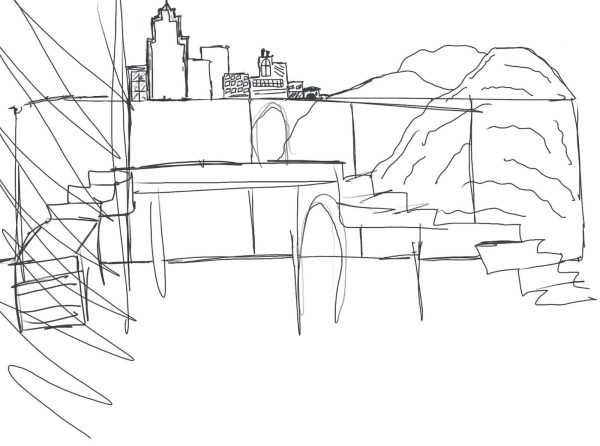
Tamara Brockington ‘26 and Zemsky have been designing the heart. To start off, the two did research on what an anatomically correct heart looks like. Zemsky created a to-scale drawing of what the heart will look like when constructed, and Brockington planned out the lights that will go throughout it.
“The plan is to place the lights [in] the direction of blood flow,” Brockington said.
“…when we turn it on it [will] create a chase sequence and move to the flow [of] blood.”
A chase sequence is when multiple light circuits are programmed together to look like they are heading towards something. The lights will “head towards” the ventricles of the heart. To study how the lights will work, Brockington investigated the lights on another sign that will be up in the show: the “Secret Hideout” sign. The lights on the back of that sign work very similarly to how the ones on this sign will look.
“We are going to separate the two blood flows with two different colors,” Zemsky said.
Allowing for the two different colors of lights will help to differentiate the different flows, but they will still be intertwined together to convey the theme of the heartfelt song it appears in.


Photo of “Secret Hideout” Sign Lights by Tamara Brockington ‘26
Liv Blumenthal ‘25 and Oliver Peterson ‘25 have been designing the Public Amenity #9 door. To begin, Peterson started designing on paper, while they both took measurements on a door frame that AFS already had. Then, Blumenthal created an exact replica in Vectorworks.
They chose to work on the door because “it’s the main plot point of how their social disarray functions,” Blumenthal said.
The show starts off at this door, and also ends at this door. It is where the majority of the conflict happens.
Peterson said, “It’s a focal point of the show, if you will.”
Beginning in class, the two originally talked about making it a door to the outside of the bathroom, but later on changed their plans.
“We thought, ‘What if we made it a stall door?’” Peterson said.
They wanted the door to be immediately recognizable.
“When you see a bathroom stall door,” Peterson said, “you immediately recognize what it is. Adding that identifier to it helps set the scene.”
When viewers hear the title Urinetown, they most likely know that the play is about bathrooms and urine, but adding in the visual cue helps bring the viewers into the setting even more.
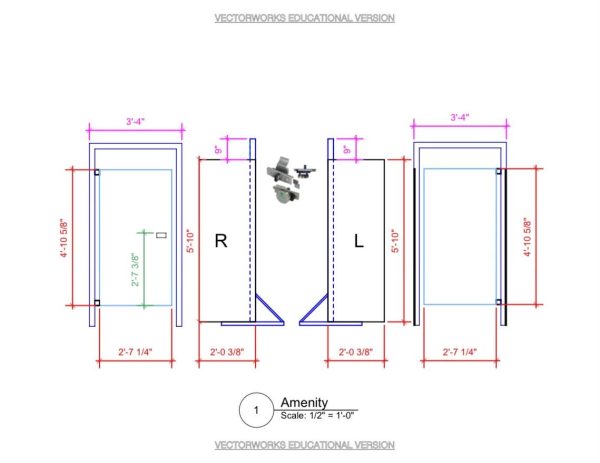
Vectorworks Public Amenity #9 Door Design, Liv Blumenthal ‘25
There is so much more to come from this class as opening night approaches. If you’re in town on November 14, 15, or 16, come to see our designs in Urinetown. Not the place, of course. The musical.
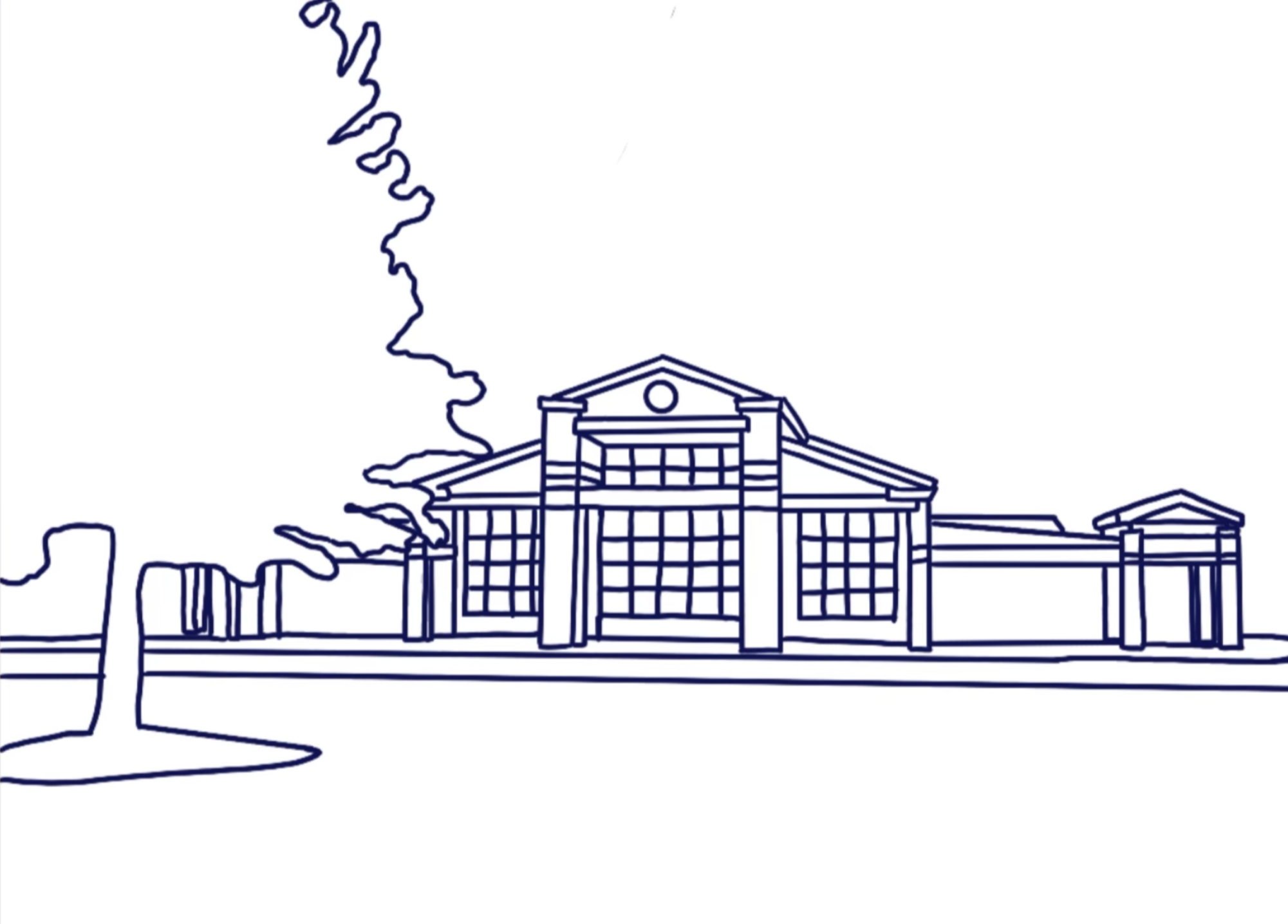
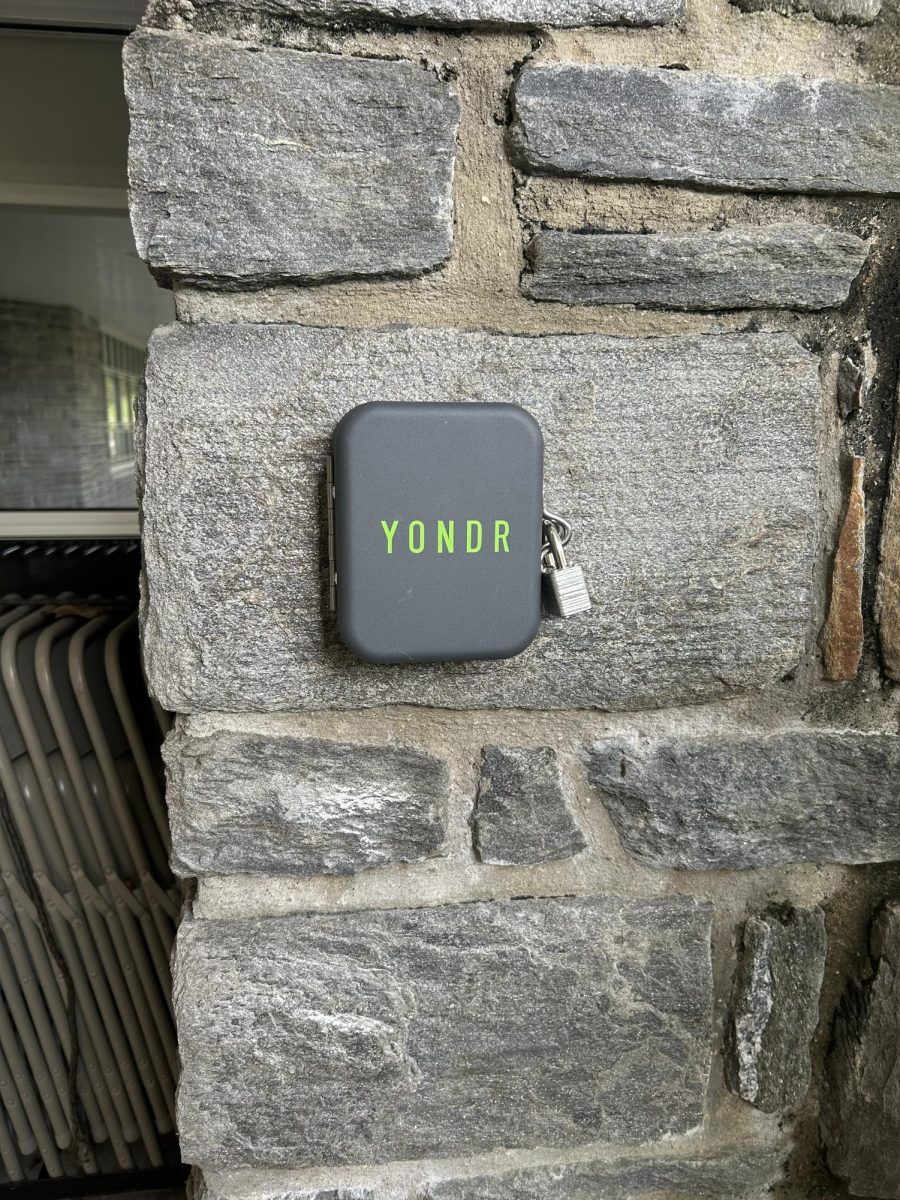




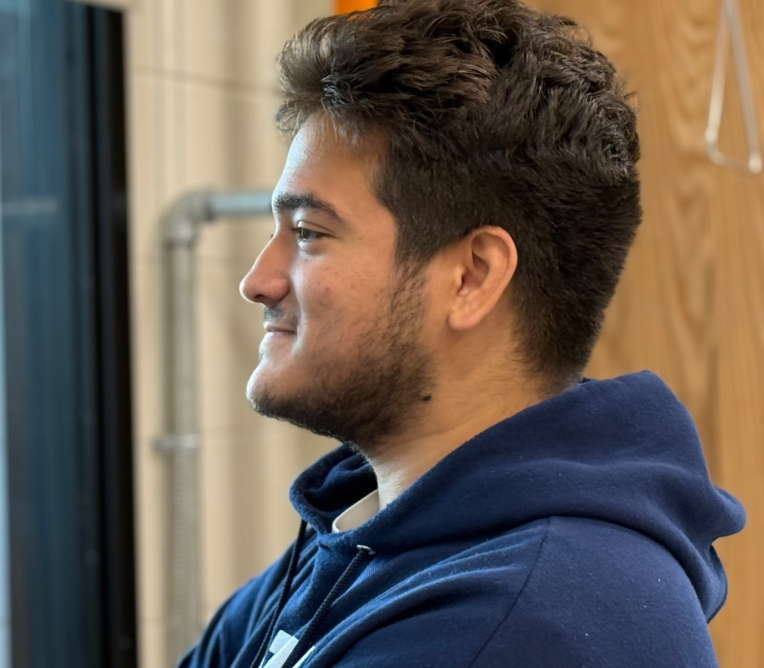
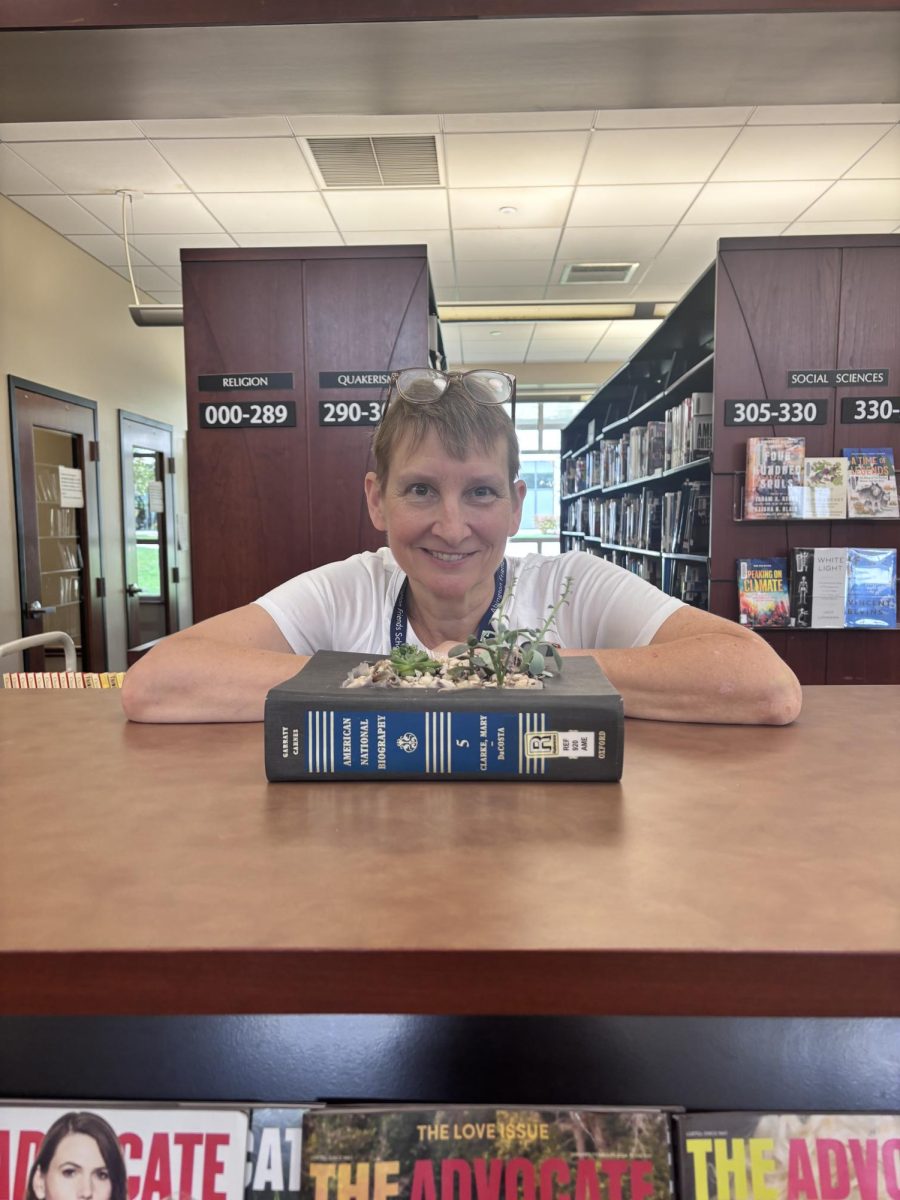





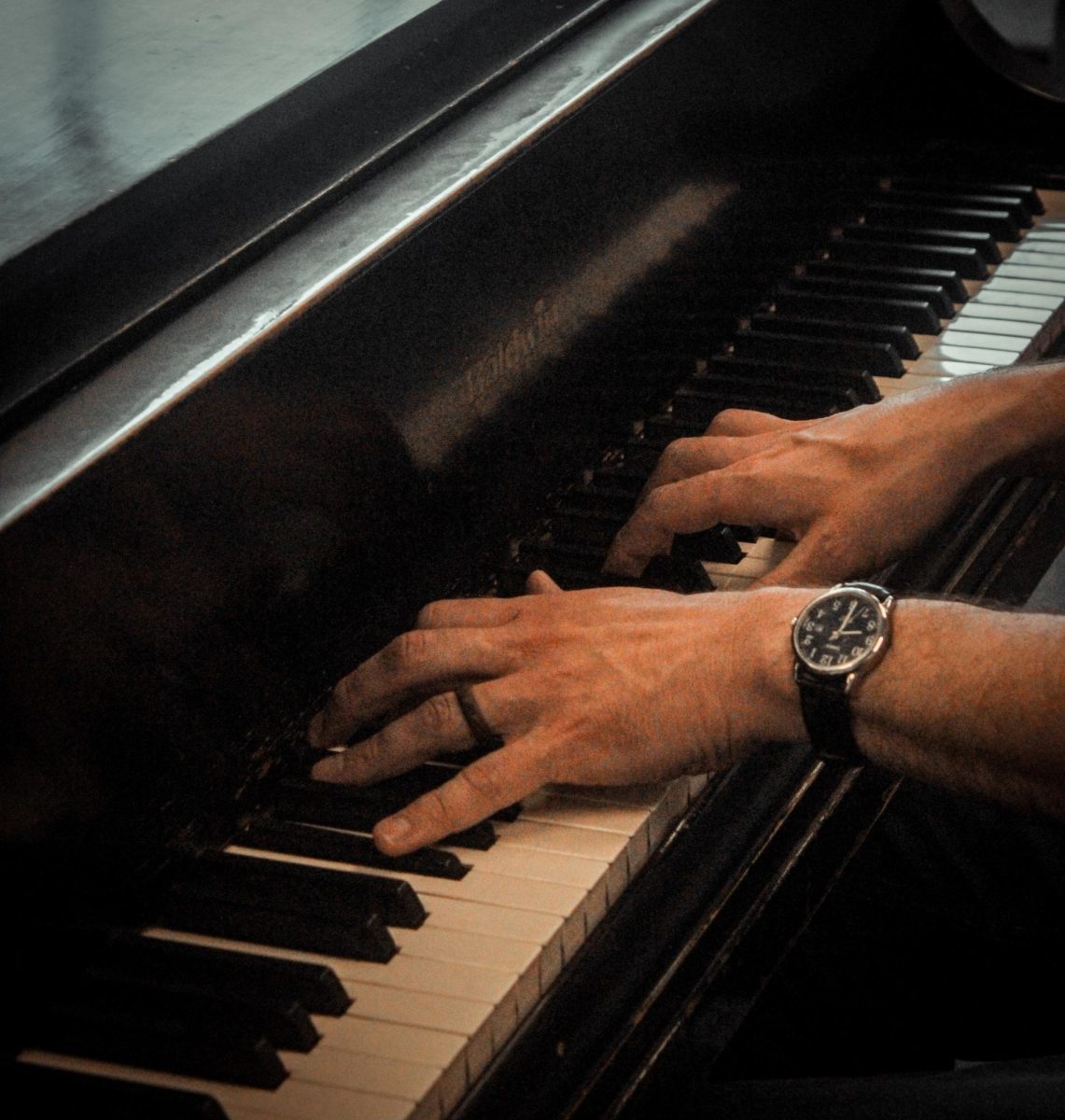
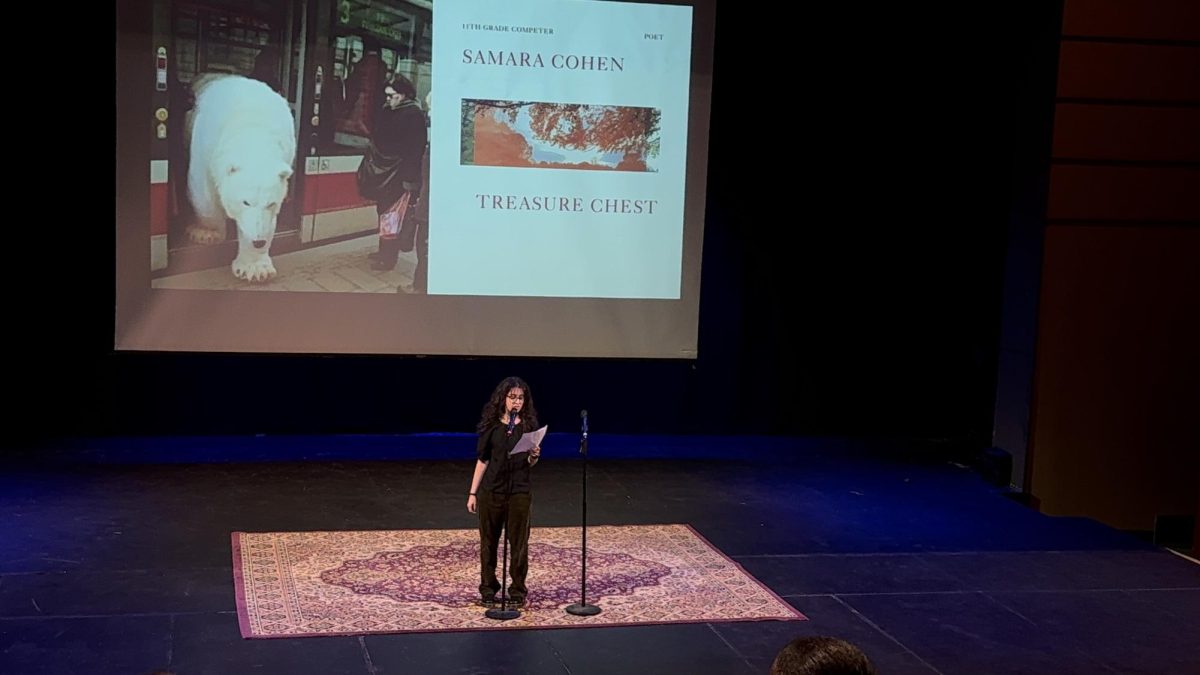


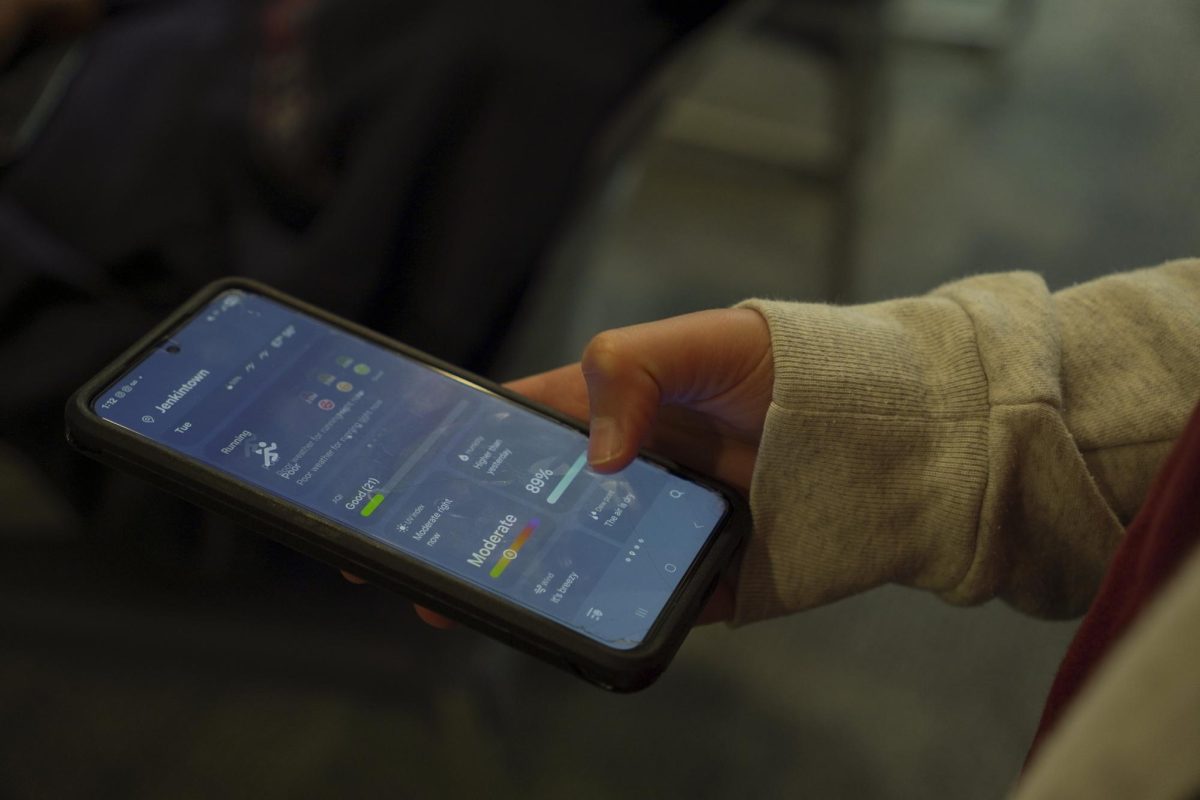


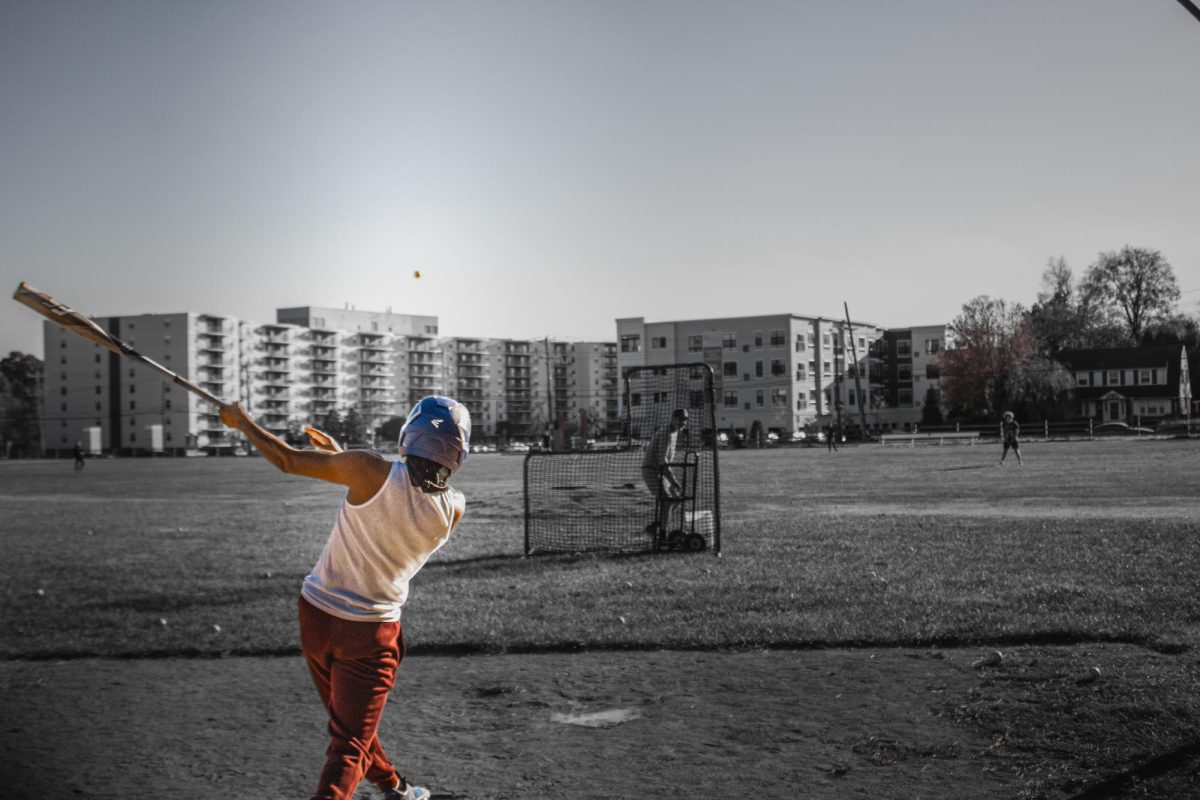



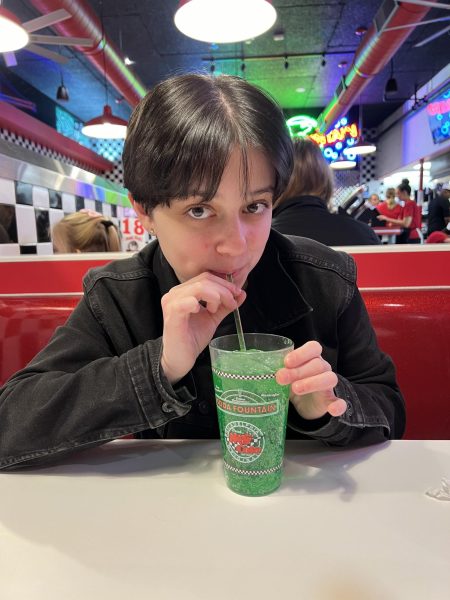
Olivia • Nov 5, 2024 at 7:33 pm
The steps are intriguing to us because I took part in the building process for the steps, and it was really interesting to use math and details to make sure it all fit perfectly into the rest of the set. As a spectator, effects and different types of stage props make you feel more immersed and drawn into the play. Building sets, especially with lighting or vibrant colours can give the audience a sense of realness, but not at the same time, kind of like a comic or a fictional movie. My partner hasn’t really participated in theatre productions before but has been to plays or musicals such as Charlie Brown, and The Lion King. They enjoyed how the stage set was built in such a way that was vivid and intricate and could see how much work and planning was put into it.
Willa • Nov 5, 2024 at 8:00 am
To me, the false proscenium is the most interesting piece to the set because it frames the stage and means something to the plot of the play. I have never participated in theater, but I find the designing of the set and the actual play to be very intriguing. As a spectator, the stagecraft will affect my experience because it will interact with the story and make it more captivating.
Morgan Davis • Oct 31, 2024 at 9:19 am
The piece of stagecraft that seems most intriguing to me from the article “Stagecraft that Makes a Splash!” is definitely the innovative use of water effects. The way the team managed to incorporate real water into the set design, creating dynamic and visually stunning scenes, is truly impressive. I have participated in technical theater myself, but as an actor, I can say that such creative elements significantly enhance the overall experience. The attention to detail and the ability to create a believable and immersive environment make the performance much more engaging and memorable. It’s clear that stagecraft plays a crucial role in bringing the story to life and captivating the audience.
Natalia • Oct 30, 2024 at 8:18 am
It’s so cool how a bunch of little pieces come together to make this incredible set! I have definitely been able to see how much time, hard work, and effort was put into the set for each show I’ve seen so far. The use of the audience’s perception is amazing as well. I like the idea of using certain angles, colors, and shapes to make the stage seem smaller, or bigger on some sides. I wasn’t aware of how much lighting played into the set as well. I like the use of different colored lights and light sequences as well. I wasn’t always too interested in technical theatre, but it’s more than obvious that there’s a tremendous amount of hard work that goes into it. I can’t wait to go see what the show looks like when it comes out!
Ruhi • Oct 30, 2024 at 7:37 am
The pipe part of the set seems the most interesting. The way they used simple pieces of the set to imply such a huge meaning was very interesting to read about! How they think outside the box, using everyday items to make such a big statement is so different. I am a freshman in the introduction to technical theatre class and it’s one of my favorite classes here at AFS. Stagecraft has influenced my experience with theatre because really it’s the set that makes the show. The actors acting can be amazing, but if the set isn’t as great then the show loses its touch. The set adds magic to the already great production. As a spectator, it’s even better because the set makes it all come together. It sets the stage (quite literally) fir the actors and adds context to the show.
Percy • Oct 28, 2024 at 7:07 pm
Even as someone heavily involved in theater, everything is always changing and everyone is always working on something. It is super cool to see how these different pieces come together! The door for public amenity #9 seemed particularly interesting to me given that because it is the focal point of the show, it has to serve many different purposes and it is interesting to get to better know the thought that goes into those considerations. Stagecraft heavily influences any show given that it is the way that the actors bring you into the world of the show and it doesn’t nescesarily make it believable but it seems more real.
Mia • Oct 17, 2024 at 8:24 pm
Technical Theatre Design is incredibly important, not only in the theatre community but in the art community as well. It’s a wonderful form of art that combines a whole variety of mediums and this year’s musical would be nothing without it!! A huge thank you to everyone involved in JMASS. Seeing each of these pieces grow and come together, and the work put into it, makes me so excited every day. It’s the highlight of our rehearsals, coming in and being in awe with my friends at what tech had gotten done the night before. Thank you guys for all of your hard work. and thank you Ash for writing this awesome article putting you guys under the spotlight!
Mia S • Oct 17, 2024 at 11:13 am
This set is AWESOME! I am so excited to see it all come together for the show. Everyone involved in tech is so incredibly important to the theater and each person puts so much love into their craft that it’s palpable each time we walk into the Muller. Every day when I come in for rehearsal and I see what JMASS did the previous night or during tech classes, I am always in awe. I’ve been to one of the build calls, and the energy is buzzing & people are hard at work all while having a lovely time with one another. Thank you guys for all that you do!! This is ART 😀
Aly • Oct 16, 2024 at 7:20 am
As someone who is a bit involved in theater but has never been involved in tech at all, it is so cool to see how the set and tech work as I had yet to learn. I am really excited to see how the entire set turns out as I know how many people have worked on it and how passionate everyone is about it! I think the set and lighting are more than enough reasons to come see the show as in my opinion, it is where our theater program really shines but it is somewhat under the radar.